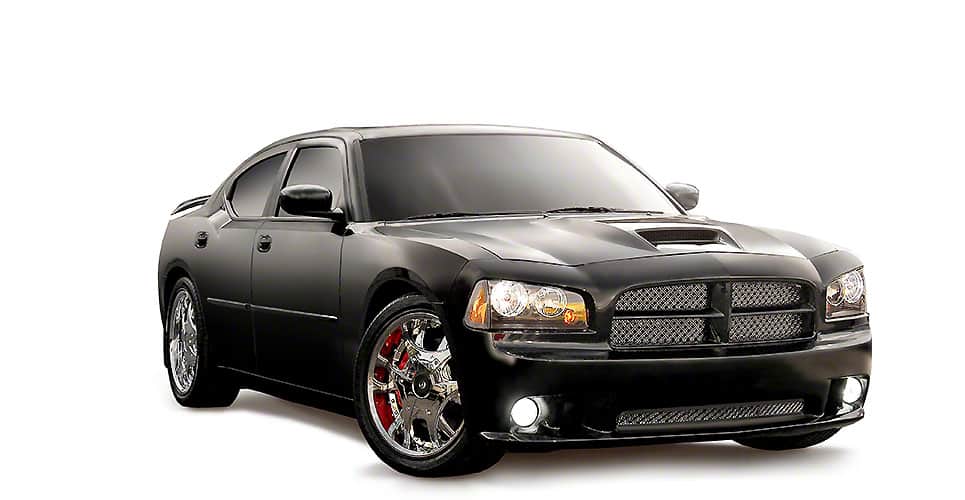Car window tints are one of the best investments you can make for your vehicle. Most vehicle owners are of the view that tints are only meant to improve the visual appeal of the vehicle without realizing they have a lot more benefits to offer. One of the biggest advantages of auto window tinting is that they help improve fuel efficiency. Although it does not have anything to do with the fuel system directly, it reduces the need for extra fuel. Let’s know why tints should be considered and what other ways you can improve the fuel efficiency of the vehicle.
Auto Window Tints
Back in the day, window tints were made out of dye that helped prevent direct exposure to the sunlight. But, with time, the dye used to fade due to constant contact with the sun, resulting in replacement. Dyed window tints are still cheaper than their counterparts but reliability is a concern.
Today, ceramic window tints are the most advanced type on the market. These tints are designed not only to improve the visual appeal but also to reduce heat and reflect UV rays.
A big benefit of this is that it If your vehicle is driven on highways or parked under the sun for most of the time, you should not be surprised if the car’s interior fades away with time.
Furthermore, direct contact of the skin with UV rays regularly can also lead to skin conditions. On top of that, ceramic window tints help reflect the UV rays, which keeps the interior temperature down. This way, the air conditioner does not have to work harder than usual and consume a lot more fuel to keep the interior cool.
As mentioned earlier, window tints do not directly affect the fuel system. But, it does so indirectly by keeping the temperature inside the vehicle cool in summer, which in turn allows the air conditioner to use a regular amount of fuel as the temperature inside the vehicle is not extremely hot.
Avoid lengthy Idling
There was a time when vehicle owners and the majority of experts used to believe that idling the vehicle for a longer duration kept the engine healthy. Modern research states it is not the case with newer vehicles anymore. The best way to safely warm up vehicles is slowly driving or rolling the vehicle.
This helps the engine oil reach the engine within time and gradually achieve the ideal temperature. Idling the vehicle until it gets properly warmed up only affects the fuel efficiency. This is especially the case if you live in a cold region.
At the same time, do not accelerate the vehicle to warm it up quickly. This will impact the engine’s health as the oil doesn’t reach the engine quickly when the engine is cold.
Avoid Excessive Braking
Vehicles driven on highways tend to have a better average than vehicles driven locally, and there is a reason for that. Highways do not experience traffic jams on a regular basis, which removes the need for excessive braking.
Meanwhile, the traffic within cities forces every driver to keep the vehicle within a safe distance, which may require excessive braking. This eventually results in reducing fuel efficiency. Stop-and-go traffic is the biggest culprit behind bad fuel efficiency.
Some states tend to have traffic signals that last a minute or two, which also makes the engine work harder than usual to keep the vehicle cool when it’s hot outside. In such cases or traffic jams, you should avoid keeping the vehicle turned on for longer periods and use other ways to keep it cool, like sun shades or window tints.
Clean The Filters
Vehicles usually come with air and oil filters that trap contaminants. Although it is surprising, even today, many vehicle owners do not believe that filters have a direct impact on fuel efficiency. The air filters installed inside the vehicle are designed to circulate pure air.
If these filters are clogged, the engine will have to exert itself to make up for the loss and consume more fuel. People do not realize this until an expert performs an inspection and maintenance. Cleaning the filters at home is extremely easy and isn’t costly either.
You can purchase filters from your nearest dealership or local supermarket and replace them yourself at home using a few tools.
Check The Fuel Filter
The fuel filter of a vehicle is located inside the fuel tank in most cases. Depending on the vehicle, there may be a single or multiple filters. As the term suggests, fuel filters are designed to filter the fuel as it is transported to the engine. With time, the fuel filter tends to become clogged as well.
In such a case, the vehicle will lag and fail to pick up speed as it normally does. Plus, you may also feel jerks or observe a sudden decline in fuel efficiency at worst. Accessing the fuel filter is not an easy job and should only be done by an expert.
The best way to do that is by getting your vehicle maintained on time. Fuel filters do not need replacement very often, but need to be cleaned for the fuel to move freely.
Install Paint Protection Film
PPF doesn’t directly improve fuel efficiency, but it slightly does indirectly as it reduces drag by smoothing the car’s surface. The impact on fuel efficiency is still low but with paint protection film Springfield installation, but your spendings on car scratch repairs and repainting will reduce drastically.
Maintain Proper Tire Pressure
Another ignored factor when it comes to fuel efficiency and maintenance of the vehicle is tire pressure. Vehicles come with varying tire sizes depending on the type. It is important to ensure the tire pressure is maintained at all times to prevent the tires from causing more friction.
If the tire pressure is low, the vehicle will struggle to achieve the desired speed, leading to a reduction in fuel efficiency. If you are not aware of the appropriate tire pressure for your vehicle, you should consult the user manual. Inappropriate tire pressure not only reduces fuel efficiency but also the lifespan of the tires.
Maintain A Steady Speed
Maintaining a steady speed helps achieve excellent fuel economy. Some drivers tend to play around with the accelerator, which disturbs fuel efficiency. While driving, try to keep the vehicle within speed limits and consistent. This will help keep the RPMs low as well and improve the fuel consumption.
If possible, try to use cruise control as much as you can. The cruise control allows the driver to lift their foot off the accelerator and helps the engine achieve consistency. If your vehicle does not have cruise control, you can get it installed by an expert as well.
Conclusion
Better fuel efficiency is key to reducing fuel costs and prolonging the engine’s health. You should make sure to regularly maintain your vehicle with the help of an expert to keep it running smoothly. On the other hand, you should check the basics and perform weekly inspections to prevent complications. For car detailing and window tint selection, visit window tint shops Springfield.



